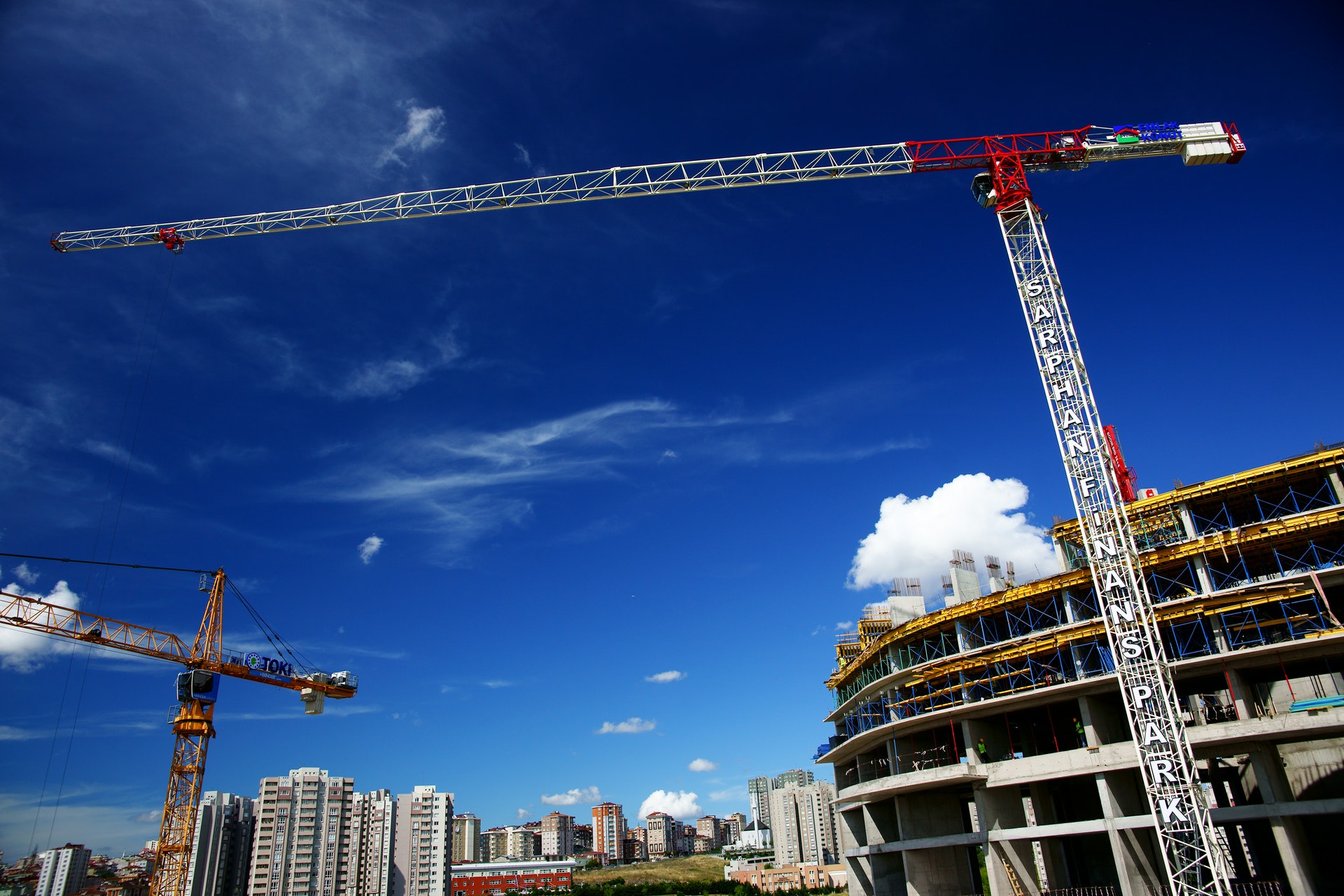Construction industry leaders remained confident regarding nonresidential construction prospects in February 2019, according to the latest Construction Confidence Index released by Associated Builders and Contractors.
All three principal components measured by the survey—sales, profit margins, and staffing levels—remain well above the diffusion index threshold of 50, signaling ongoing expansion in construction activity.
Only 3.4% of contractors expect to reduce staffing levels over the next six months, and more than 70% of survey respondents expect their sales to increase through the initial half of 2019.
Still, 31.4% of contractors expect profit margins to remain unchanged, likely due in large measure to rising worker compensation costs.
Index breakdown:
• The CCI for sales expectations increased from 68.4 to 69.4 in February.
• The CCI for profit margin expectations increased from 60.6 to 63.3.
• The CCI for staffing levels increased from 68.2 to 68.5.
“Confidence seems to be making a comeback in America,” said ABC Chief Economist Anirban Basu. “There was a time when consumer, small business and investor confidence was falling. For now, that dynamic has evaporated, with job growth continuing and U.S. equity prices heading higher of late. Contractors understand the performance of the broader economy today helps shape the construction environment of tomorrow. Accordingly, with strong economic data like the Construction Backlog Indicator—which stood at 8.8 months in February 2019—and nonresidential construction spending, which increased 4.8% year over year, contractor confidence remains elevated.
“That said, contractors continue to wrestle with ever-larger skilled workforce shortfalls, which are making it more difficult to deliver construction services on time and on budget,” said Basu. “This helps explain why the CCI reading for profit margins remains meaningfully lower than the corresponding reading for sales expectations. Despite expanding compensation costs, contractors expect to significantly increase staffing levels going forward, an indication that many busy contractors expect to get busier. The fact that the profit margin reading remains above 50 also suggests that contractors enjoy a degree of pricing power and are able to pass at least some of their higher costs along to customers. Slower growth in construction materials prices relative to last year represents another likely factor shaping survey results.”
CCI is a diffusion index. Readings above 50 indicate growth, while readings below 50 are unfavorable.
Related Stories
Market Data | Feb 10, 2016
Nonresidential building starts and spending should see solid gains in 2016: Gilbane report
But finding skilled workers continues to be a problem and could inflate a project's costs.
Market Data | Feb 9, 2016
Cushman & Wakefield is bullish on U.S. economy and its property markets
Sees positive signs for construction and investment growth in warehouses, offices, and retail
Market Data | Feb 5, 2016
CMD/Oxford forecast: Nonresidential building growth will recover modestly in 2016
Increased government spending on infrastructure projects should help.
Market Data | Feb 4, 2016
Mortenson: Nonresidential construction costs expected to increase in six major metros
The Construction Cost Index, from Mortenson Construction, indicated rises between 3 and 4% on average.
Contractors | Feb 1, 2016
ABC: Tepid GDP growth a sign construction spending may sputter
Though the economy did not have a strong ending to 2015, the data does not suggest that nonresidential construction spending is set to decline.
Data Centers | Jan 28, 2016
Top 10 markets for data center construction
JLL’s latest outlook foresees a maturation in certain metros.
Market Data | Jan 20, 2016
Nonresidential building starts sag in 2015
CDM Research finds only a few positive signs among the leading sectors.
Market Data | Jan 20, 2016
Architecture Billings Index ends year on positive note
While volatility persists, architecture firms reported healthy performance for 2015.
Market Data | Jan 15, 2016
ABC: Construction material prices continue free fall in December
In December, construction material prices fell for the sixth consecutive month. Prices have declined 7.2% since peaking in August 2014.
Market Data | Jan 13, 2016
Morgan Stanley bucks gloom and doom, thinks U.S. economy has legs through 2020
Strong job growth and dwindling consumer debt give rise to hope.















